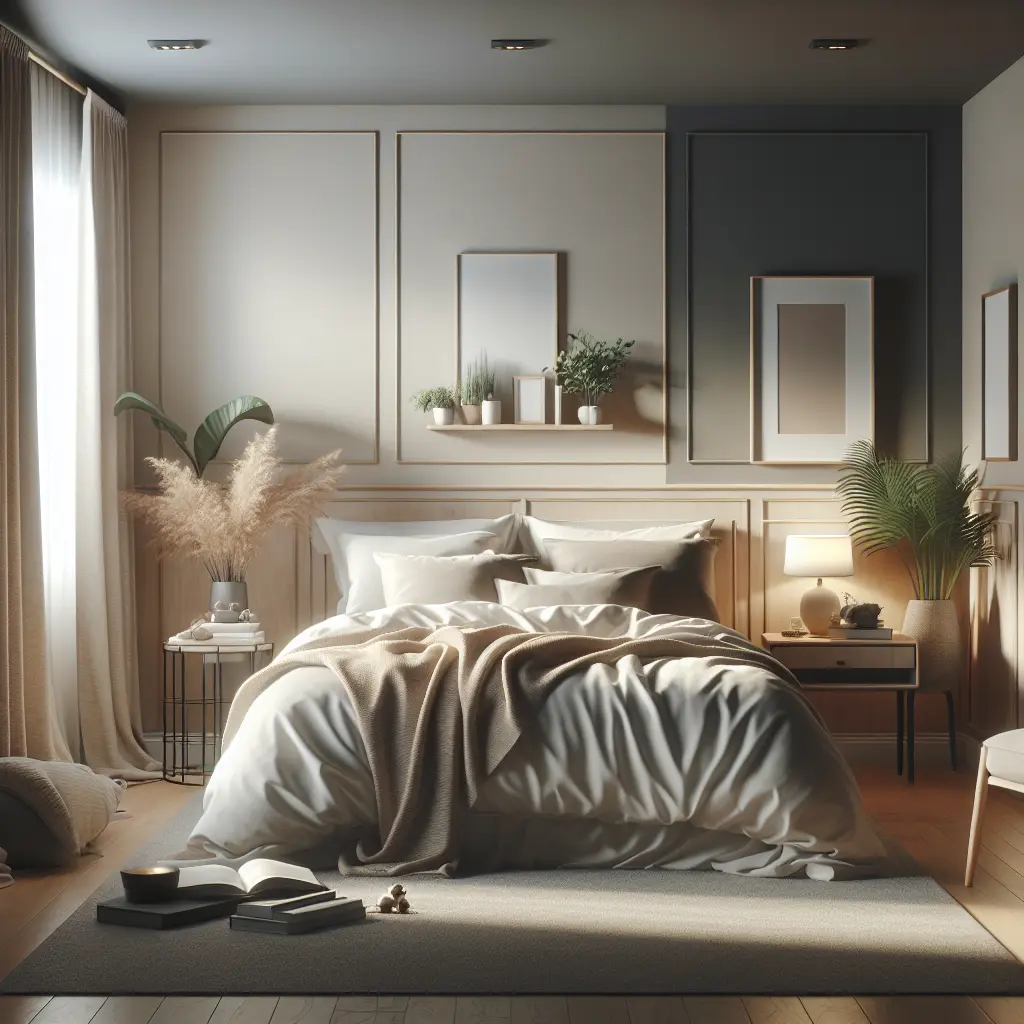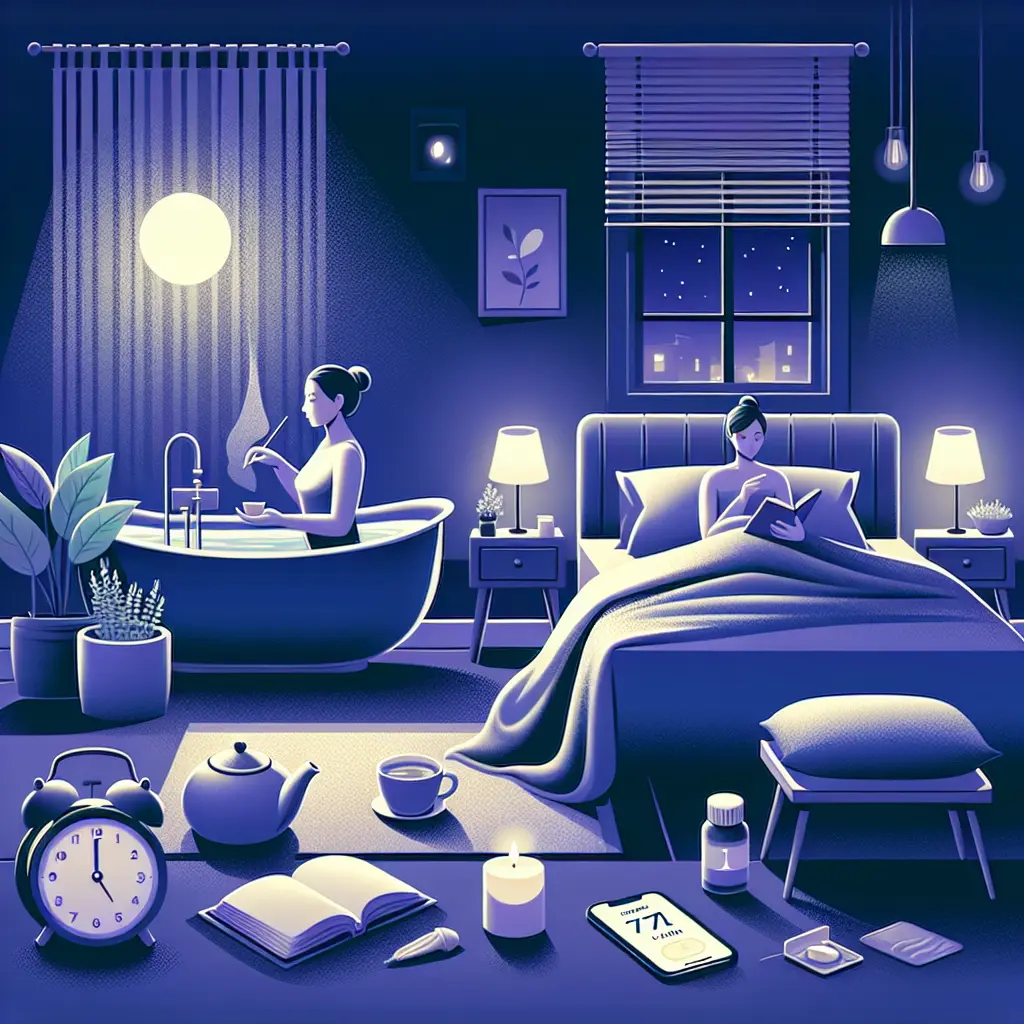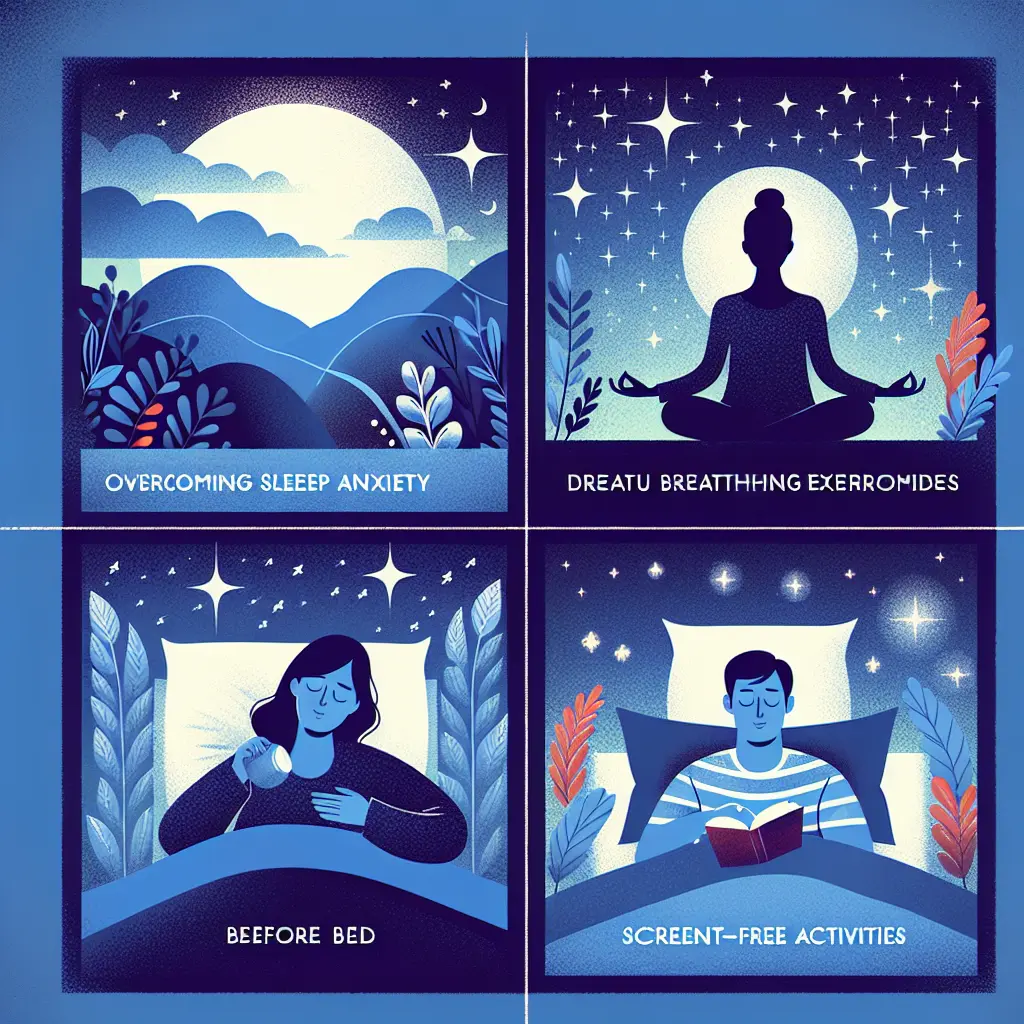In today's fast-paced world, designing a sleep-friendly bedroom is crucial for achieving the restorative rest your body and mind require. A well-thought-out sleep environment not only enhances your ability to fall asleep quickly but also significantly improves overall sleep quality. This comprehensive guide explores various elements crucial to crafting an ideal sleep haven, including recent insights and updates.
Recent findings reveal that napping outdoors, a common practice in Nordic countries, can enhance your sleep environment by offering multiple health benefits. Sleeping outside allows you to breathe in fresh air and experience natural light cycles, which can enhance your circadian rhythm. Consider incorporating elements of this practice into your sleep-friendly bedroom by allowing fresh air to circulate or spending time outside before bed. Discover the benefits of outdoor napping.
The introduction of the Brain Sleep Pillow, designed to optimize comfort and support, highlights the importance of innovative bedding solutions in a sleep-friendly bedroom. This pillow is engineered to support the natural curve of the spine, thereby reducing discomfort and improving sleep quality. Integrating such advanced sleep accessories can transform your bedroom into a sanctuary where restful sleep comes effortlessly. Explore the features of the Brain Sleep Pillow.
While we often wish we could store extra hours of sleep for later use, recent research emphasizes that sleep banking is not feasible. Consistent sleep patterns are essential for maintaining a balanced sleep environment and preventing sleep debt. Therefore, focus on creating a consistent bedtime routine that aligns with essential sleep hygiene tips. Understand the myth of sleep banking.
The TikTok trend of "bed rotting," which involves spending extended periods in bed, raises questions about the balance between relaxation and healthy sleep habits. While it may offer temporary relief from stressors, excessive time in bed can disrupt your sleep schedule and affect overall well-being. Striking a balance between relaxation and activity is key to maintaining a calming bedroom atmosphere. Learn more about the bed rotting trend.
Enhancing Your Bedroom for Optimal Comfort
Temperature control is pivotal in bedroom design for better sleep. Prime Day air conditioner deals have made it more affordable to regulate bedroom temperature effectively, ensuring a cool yet cozy atmosphere conducive to restful slumber. Investing in energy-efficient air conditioning systems or smart thermostats can be an excellent addition to your sleep-friendly decor. Find the best air conditioner deals.
As women navigate menopause, adjusting their sleep environment becomes crucial. Ensuring a comfortable mattress and optimizing bedroom temperature are essential strategies for improving sleep quality during this transition. Adapting your sleep environment to accommodate hormonal changes can make this phase more manageable. Get tips for managing menopause-related sleep issues.
Expert advice from CNET Wellness Editors reveals tried-and-tested methods for enhancing sleep quality. Incorporating these tips into your nighttime routine can optimize your sleep environment. Suggestions include maintaining a consistent bedtime, minimizing screen time before bed, and using blackout curtains for sleep to block out unwanted light. See the full list of expert sleep tips.
The Oura Advisor app offers valuable insights into optimizing your sleep environment through data-driven recommendations. By analyzing your sleep patterns, it provides personalized advice on improving your bedroom design for better sleep, from lighting adjustments to noise reduction in the bedroom. This technology demonstrates how modern tools can support traditional methods in crafting an ideal sleep-friendly bedroom. Explore Oura Advisor features.
Integrating Technology and Nutrition for Better Sleep
Emerging studies suggest that certain mineral deficiencies could lead to disrupted sleep patterns. Ensuring a balanced diet that includes essential nutrients can naturally enhance your sleeping habits and improve your overall sleep environment. Incorporating foods rich in magnesium and potassium can support better rest and align with holistic bedroom organization for sleep strategies. Understand the impact of mineral deficiencies on sleep.
Crafting a sleep-friendly bedroom is about harmonizing various elements—from lighting and noise control to innovative bedding solutions and nutritional considerations—to foster an environment where restful sleep comes naturally. By integrating recent insights and updates into your approach, you're well on your way to creating a sanctuary that supports deep, rejuvenating rest.
By focusing on these key components and staying informed about trends and innovations, you can transform your bedroom into a haven where dreams flourish and energy is restored for the days ahead. Explore each aspect with an open mind and a willingness to adapt, ensuring that your sleep environment evolves alongside new discoveries and personal needs.
I invite you to reflect on how these insights resonate with your current bedroom setup. What changes will you embrace to enhance your sleep environment? Share your thoughts or experiences below—I’d love to hear how you're transforming your bedroom into a restful haven. Remember, the key to restorative sleep lies in creating a personalized space that nurtures body and mind. Sweet dreams await!









Leave a Comment